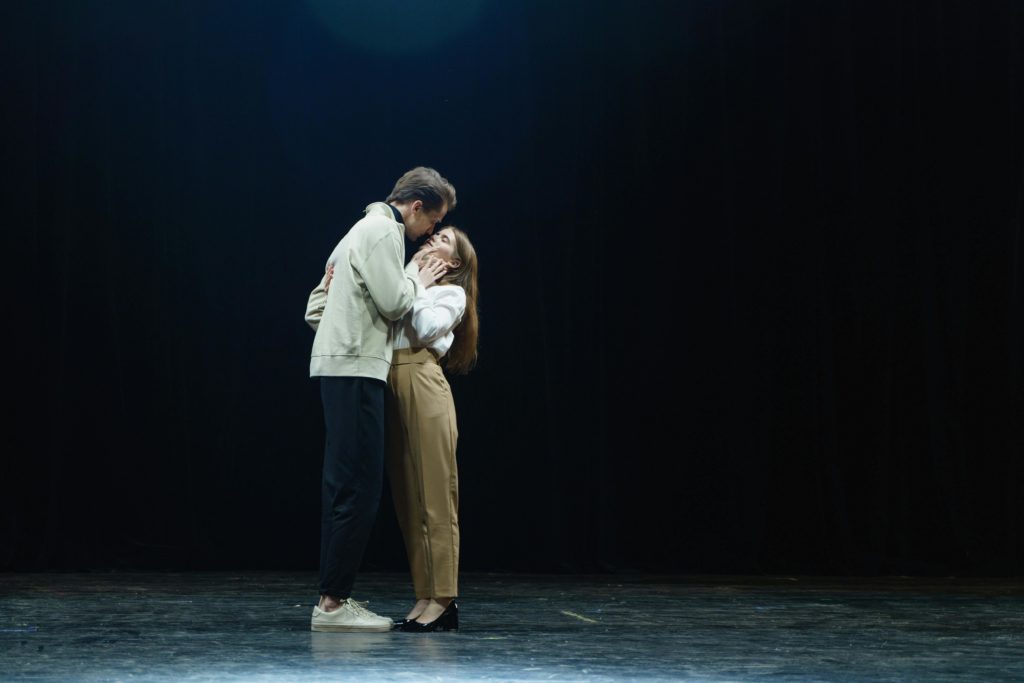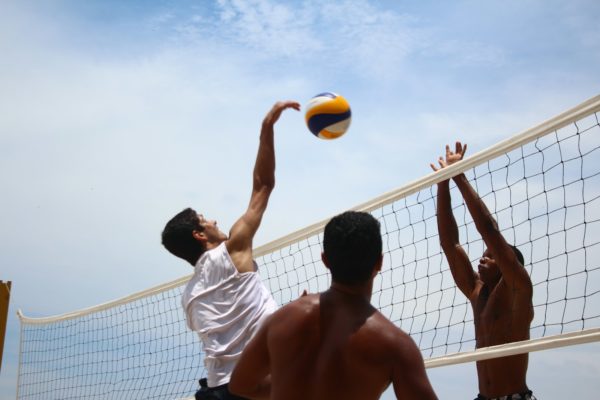Promote artistic expression by facilitating consistency with the natural dynamics of each artist’s motor preferences.
Art is a unique form of expression, deeply linked to the way each individual perceives, feels and transmits his or her emotions and ideas. Artists, whether painters, dancers, musicians or actors, rely on their natural dynamics to bring their vision to life. The ActionTypes® approach offers an innovative way to support artists in their creative exploration while respecting their motor and cognitive preferences.
This approach not only maximizes fluidity and consistency in artistic expression, but also reveals often unsuspected potentials.
1. Why align artistic expression and natural dynamics?
Each artist has his own way of expressing himself, influenced by:
- His or her motor preferences: These determine the preferred gestures, movements or techniques.
- Cognitive preferences: These influence the way he interprets, analyzes and creates.
- Its fluid zones: Where he feels naturally at ease and inspired.
The benefits of a natural dynamics-friendly approach:
- Authentic expression: The artist can fully express himself according to his natural forces.
- Creativity released: Less energy wasted in techniques that are restrictive or inappropriate.
- A serene exploration: The artist develops his confidence by relying on his strengths.
” I couldn’t find my own style of painting. ActionTypes® helped me understand why some techniques didn’t work for me. Today, I create with fluidity and pleasure.” – Contemporary painter.

Crédit : Pexels / Steve
2. Identify and respect natural artistic preferences
Motor preferences: a lever for artistic fluidity
The movements and gestures of an artist are deeply influenced by his or her motor preferences. Identifying them allows you to:
- Adjust techniques to respect its natural dynamics.
- Foster the acquisition and learning of new ways of doing.
- Reduce unnecessary stress and fatigue.
- …
Cognitive preferences: a key to interpretation and creation
The ActionTypes® approach helps to understand, among other things:
- How the artist perceives and processes external stimuli.
- How he organizes his ideas to produce a work or performance.
- How it responds to public challenges or expectations.
- …
Concrete example: A contemporary dancer
A dancer discovered that her natural movements favoured rhythmic and fluid gestures. By adapting her choreography to her preferences, she gained grace and ease, captivating her audience more.
3. Practical applications in the arts and performing arts
The ActionTypes® approach is integrated into many artistic disciplines:
- Music: Help musicians choose to approach instruments or techniques in line with their natural strengths.
- Dance: Adapt the way of performing choreographies to the dynamics of the movement for a better fluidity.
- Theatre: Identify cognitive patterns to improve interpretation and memorization.
- Visual arts: Respect the gesture preferences to approach the different techniques used.
Case study: A classical pianist
A pianist felt rapid fatigue during rehearsals. Using ActionTypes® analysis, he adjusted his posture and play to respect his natural movements. Consequence: longer and more expressive feats, without physical discomfort.
4. Testimonials of artists who have integrated ActionTypes®
Lucie, actress:
“I couldn’t connect emotionally with certain roles. By understanding my cognitive preferences, I have learned to interpret more authentically. My performance has become much more impactful.”
Mathieu, classical dancer:
” This approach helped me find a fluidity I thought impossible. Today, I dance with more confidence and less injury.”
Sophie, abstract painter:
” By respecting my natural dynamics, I have discovered a style that really resembles me. My art is now an extension of myself.”

Crédit : Pexels / Cottonbro
5. Measurable results in artistic expression
Artists who have integrated the ActionTypes® approach report, among others:
- +30% improvement in their fluidity and ease.
- -20% of fatigue or stress related to inappropriate practices.
- Better emotional connection with their art and audience.
- …
6. Integrating the Arts and Performance Approach
To accompany artists on their journey, ActionTypes® offers:
- Personalized balance sheets: Analysis of motor and cognitive preferences to identify natural forces.
- Specific workshops: Dedicated sessions to explore and integrate the approach into artistic practice.
- Individualized coaching: To support artists in their projects and personal development.
” Thanks to ActionTypes®, I have regained the pleasure of creating and interpreting. Each gesture, each choice finally seems natural and aligned with myself.” – Violinist.
Conclusion: Unleash your artistic potential with ActionTypes®
Art is a unique form of expression, and every artist deserves to flourish in his or her practice. With ActionTypes®, discover your natural strengths, gain fluidity and let your creativity come to life.



